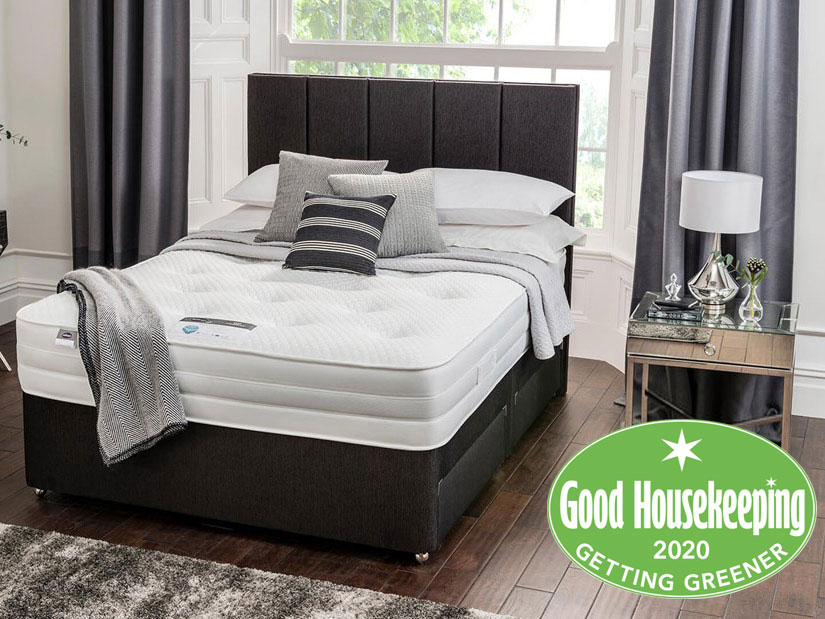A neutral color palette is a timeless and classic choice for any living room. Using shades of beige, cream, and taupe can create a calming and inviting atmosphere. These colors also serve as a great backdrop for accent pieces and décor. Neutral colors are versatile and can easily be paired with other colors, making it a popular choice for many homeowners.Neutral color palette
For those looking to create a warm and cozy living room, consider using colors such as deep red, burnt orange, and golden yellow. These shades can add a sense of warmth and comfort to the space, making it perfect for relaxing and unwinding after a long day. Warm tones can also help make the room feel more intimate and inviting.Warm and cozy tones
A monochromatic color scheme involves using different shades and tones of the same color. This creates a cohesive and harmonious look in the living room. For example, using different shades of blue can create a serene and calming atmosphere. Monochromatic color schemes are also easy to decorate with, as all the colors in the room will complement each other.Monochromatic scheme
For a bold and eye-catching living room, consider using contrasting colors. This involves pairing two complementary colors such as blue and orange or green and purple. The contrast between these colors creates a dynamic and energetic feel in the room. Just be sure to balance out the colors to avoid overwhelming the space.Contrasting colors
Using earth tones in the living room can bring a sense of nature and tranquility into the space. These colors, such as brown, green, and rust, can create a warm and inviting atmosphere. Earth tones also work well with natural materials like wood and stone, making it a great choice for those who love a rustic or bohemian style.Earth tones
For a soft and delicate look in the living room, consider using pastel hues. These colors, such as light pink, baby blue, and pale yellow, can create a calming and soothing atmosphere. Pastel colors also work well with natural light, making the room feel brighter and more spacious.Pastel hues
If you want to make a statement with your living room, consider using bold and vibrant shades. These colors, such as hot pink, electric blue, and bright yellow, can add a burst of energy and personality to the space. Just be sure to balance out these colors with neutral or complementary tones to avoid overwhelming the room.Bold and vibrant shades
Similar to contrasting colors, complementary colors involve pairing colors that are opposite each other on the color wheel. This creates a striking and harmonious look in the living room. For example, pairing shades of purple with shades of yellow can create a vibrant and sophisticated atmosphere.Complementary colors
For a sleek and modern living room, consider using a combination of gray and navy blue. These colors work well together to create a sophisticated and elegant atmosphere. You can also add pops of color through accent pieces or artwork to add some personality to the space.Gray and navy blue
For a clean and minimalist living room, consider using a beige and white color palette. These colors create a fresh and airy atmosphere, perfect for those who prefer a simple and uncluttered space. You can also add texture through different materials like a white shag rug or beige linen curtains.Beige and white
The Importance of Choosing the Right Color Combination for Your Living Room

Creating a Cohesive and Inviting Space

When it comes to designing your living room, one of the most important factors to consider is the color combination. The colors you choose for this space can greatly impact the overall look and feel of your home. A well-chosen color scheme can create a cohesive and inviting atmosphere, while a mismatched or clashing combination can make the room feel chaotic and uninviting. This is why it is crucial to carefully select the best color combination for your living room.
Enhancing the Mood and Atmosphere

Colors have the power to influence our emotions and mood. This is why it is important to consider the atmosphere you want to create in your living room. For a calming and peaceful space, consider using cool colors such as blues and greens. These colors are known to have a soothing effect and can help create a relaxing environment. To add some warmth and coziness to your living room, incorporate warm colors such as oranges and yellows. These colors can create a welcoming and inviting atmosphere, perfect for social gatherings and family time.
Choosing a Color Scheme

Now that you understand the importance of choosing the right color combination, how do you go about selecting the best colors for your living room? One way to approach this is by using the color wheel. The color wheel is a useful tool that helps you visualize how different colors work together. Analogous color schemes use colors that are next to each other on the color wheel and create a harmonious and cohesive look. Complementary color schemes use colors that are opposite each other on the color wheel and create a high-contrast and dynamic look.
Bringing It All Together

When choosing the best color combination for your living room, it is important to consider the overall design and style of your home. Neutral colors such as white, beige, and grey are versatile and can work well with any design style. Earth tones such as browns and greens can create a warm and natural feel, perfect for a rustic or bohemian look. Jewel tones such as deep blues and emerald greens can add a touch of luxury and elegance to your living room.
In conclusion, choosing the right color combination for your living room is essential in creating a well-designed and inviting space. Consider the mood and atmosphere you want to create, use the color wheel to guide your choices, and make sure the colors you choose complement the overall style of your home. With these tips in mind, you can create a beautiful and harmonious living room that reflects your personal style and makes you feel at home.






:max_bytes(150000):strip_icc()/MyDomaine_ColorPalette-Neutral-1-fe9a91dcf8814904a630a0d928216bcd.jpg)
/MyDomaine_ColorPalette-Neutral-2-3590678b1c9143e28dd6b536f0a1e008.jpg)





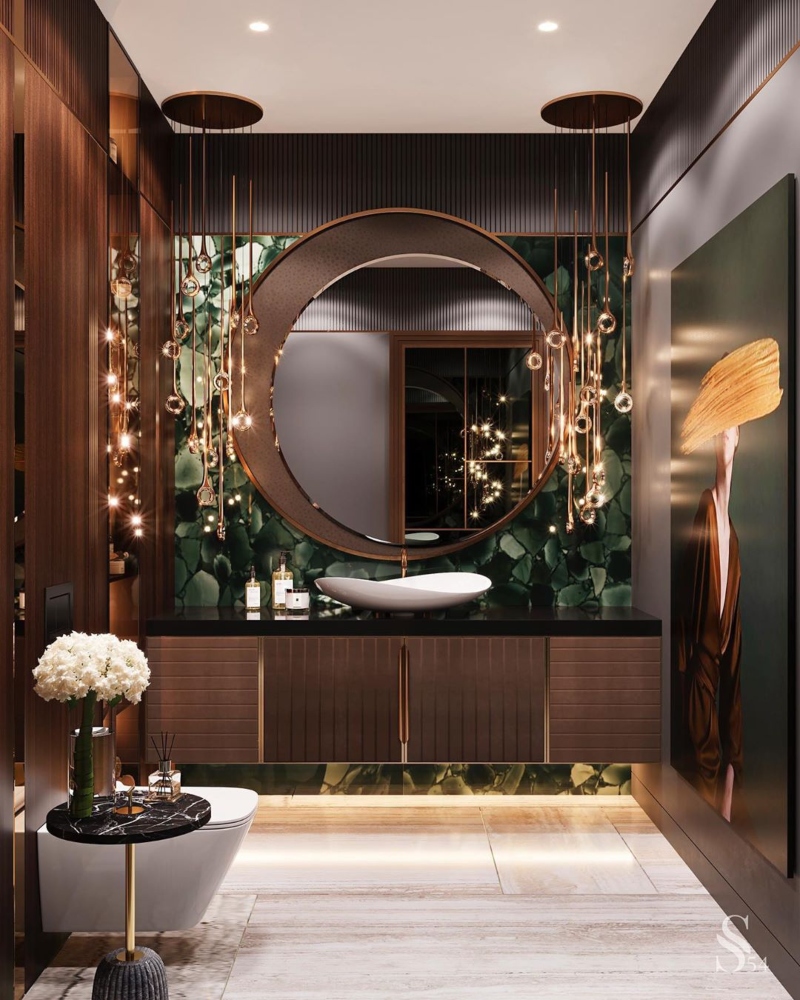







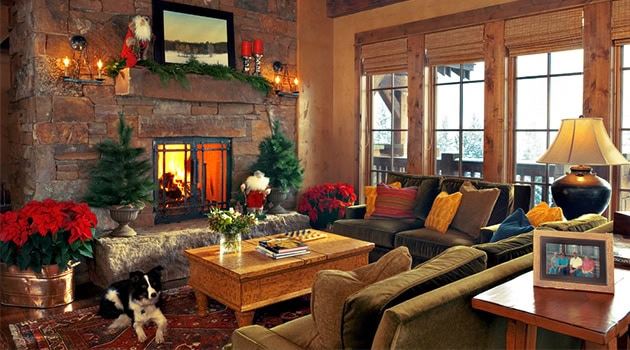


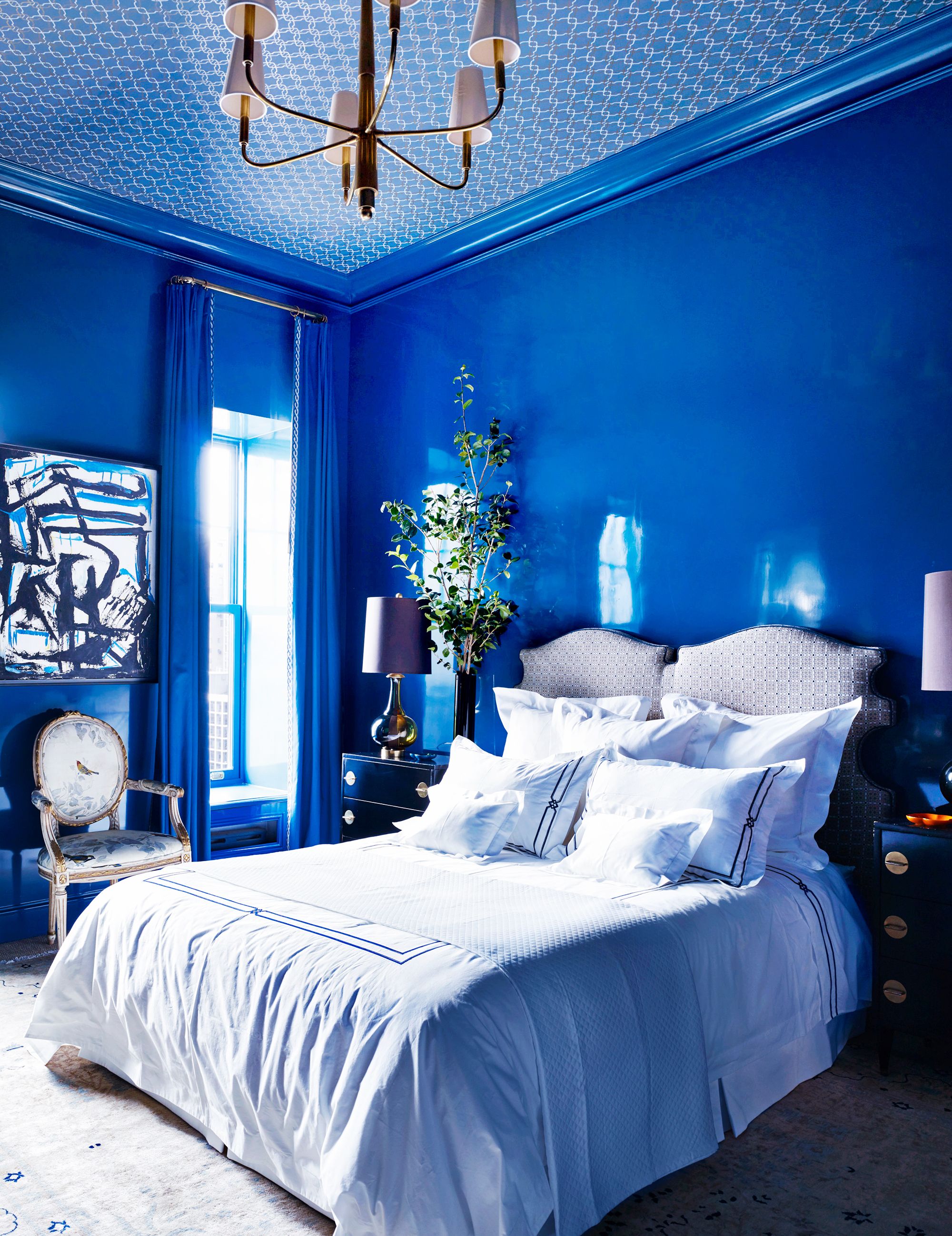







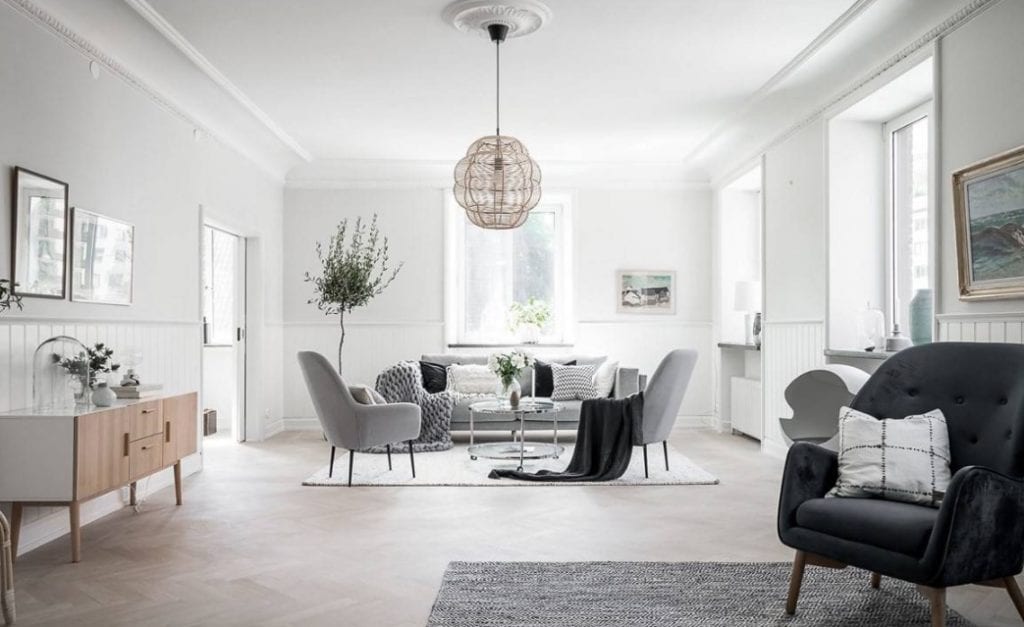

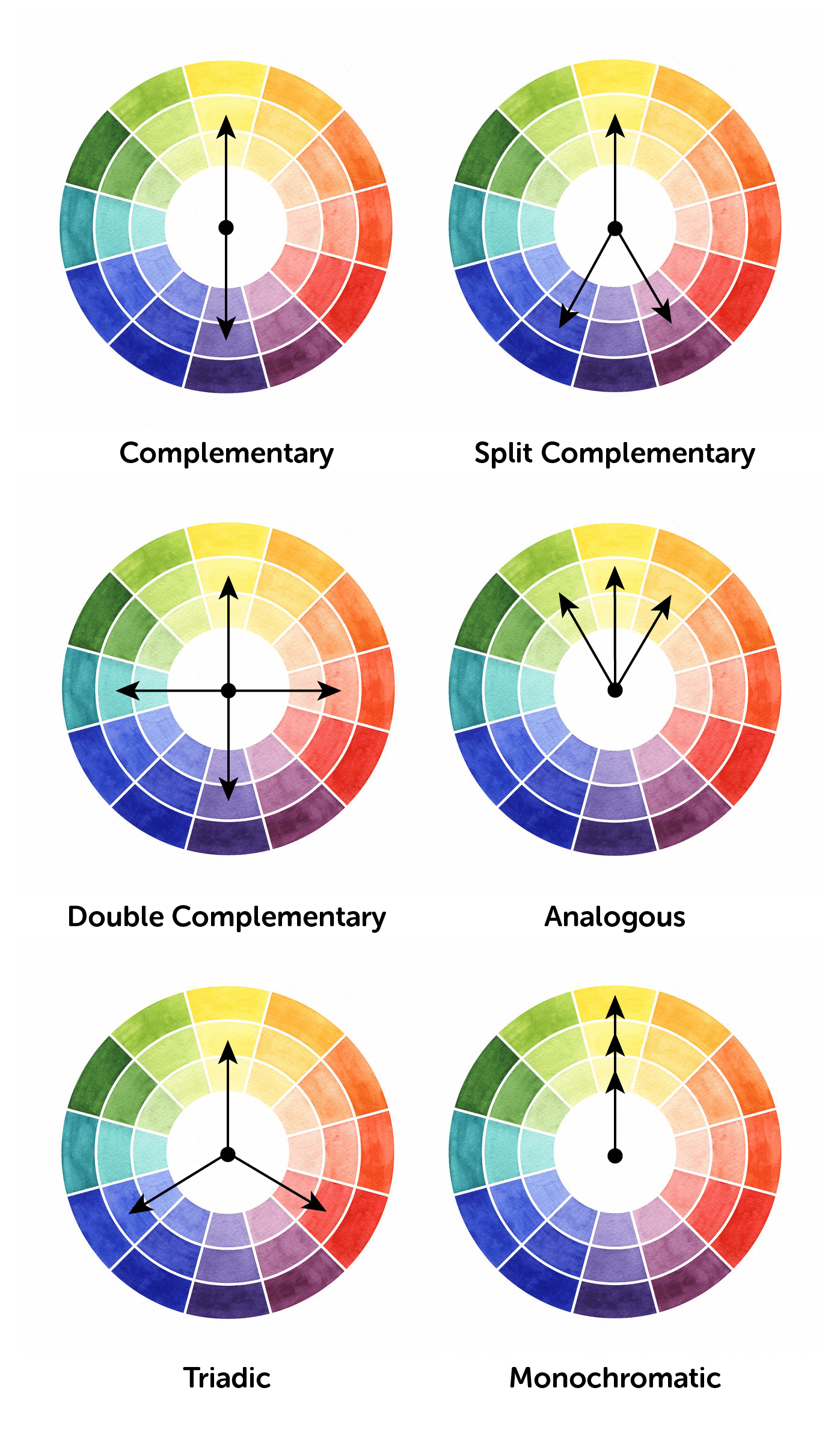


/Color-Contrast-Chart-59091b973df78c9283e31928.jpg)


/Colorwheel-58d0206f3df78c3c4f45653b.jpg)



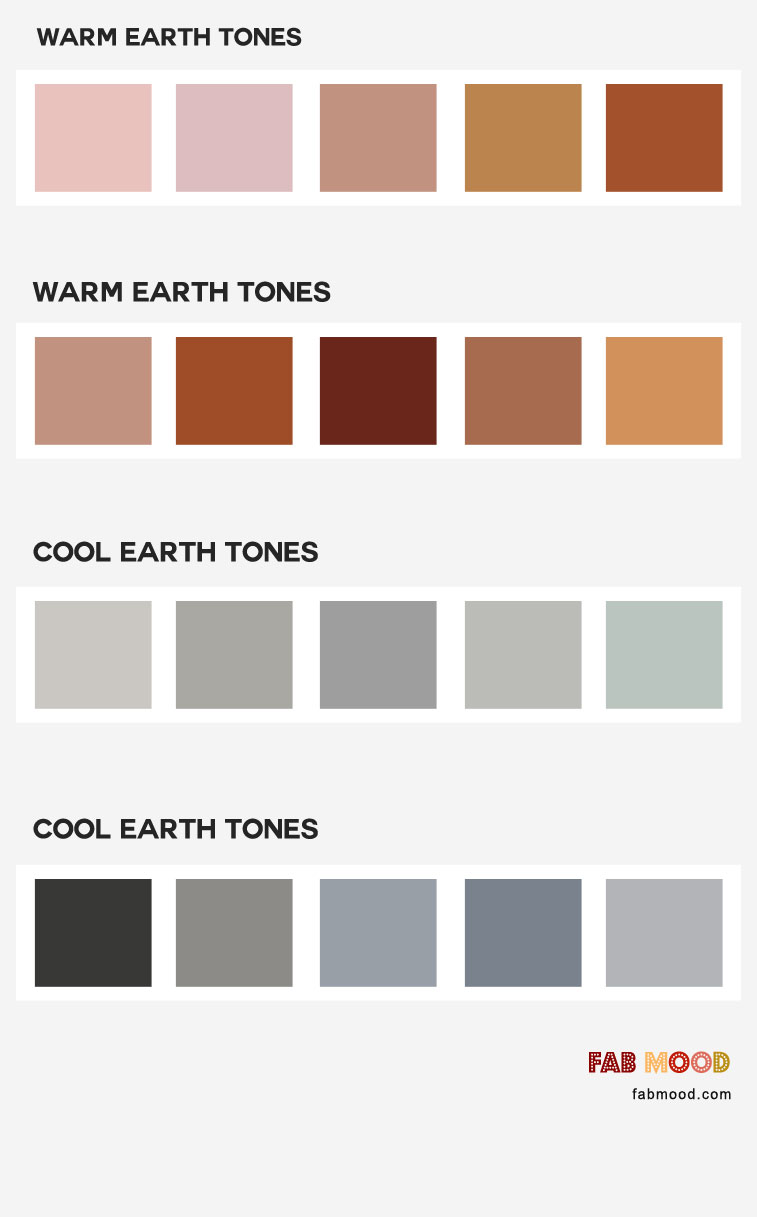



:max_bytes(150000):strip_icc()/1.CoolBlueBeigeBrown-f2535165a1684e7aa2ec2369ddfbd827.jpg)
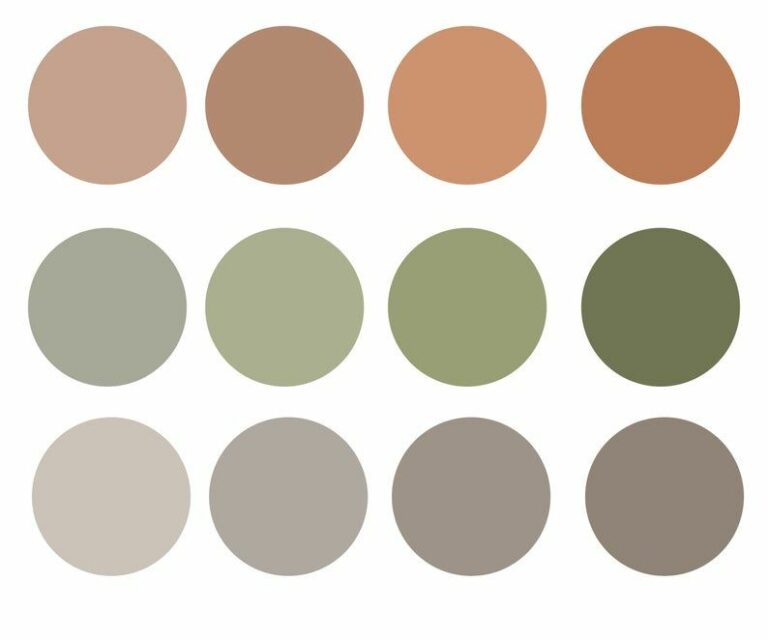

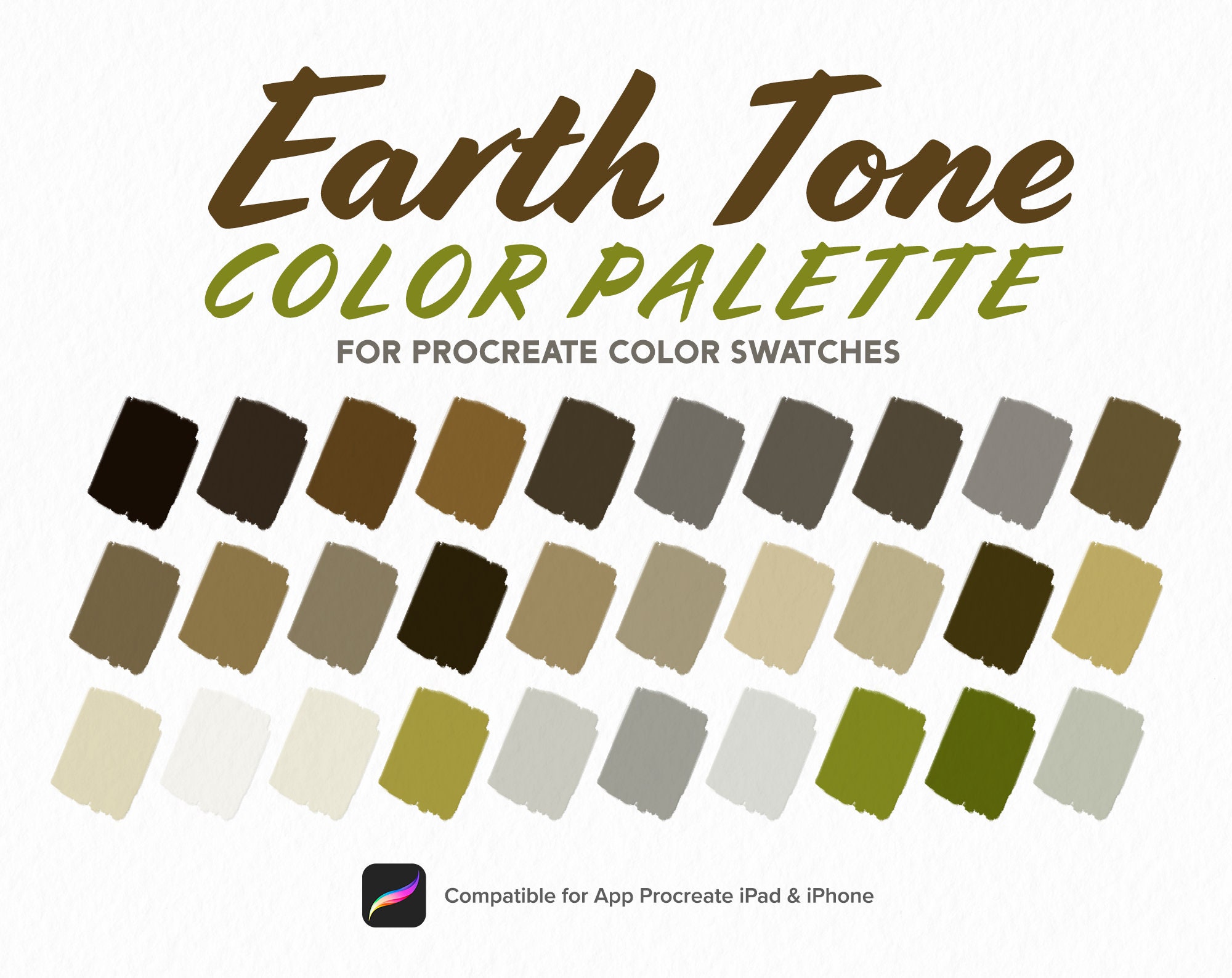
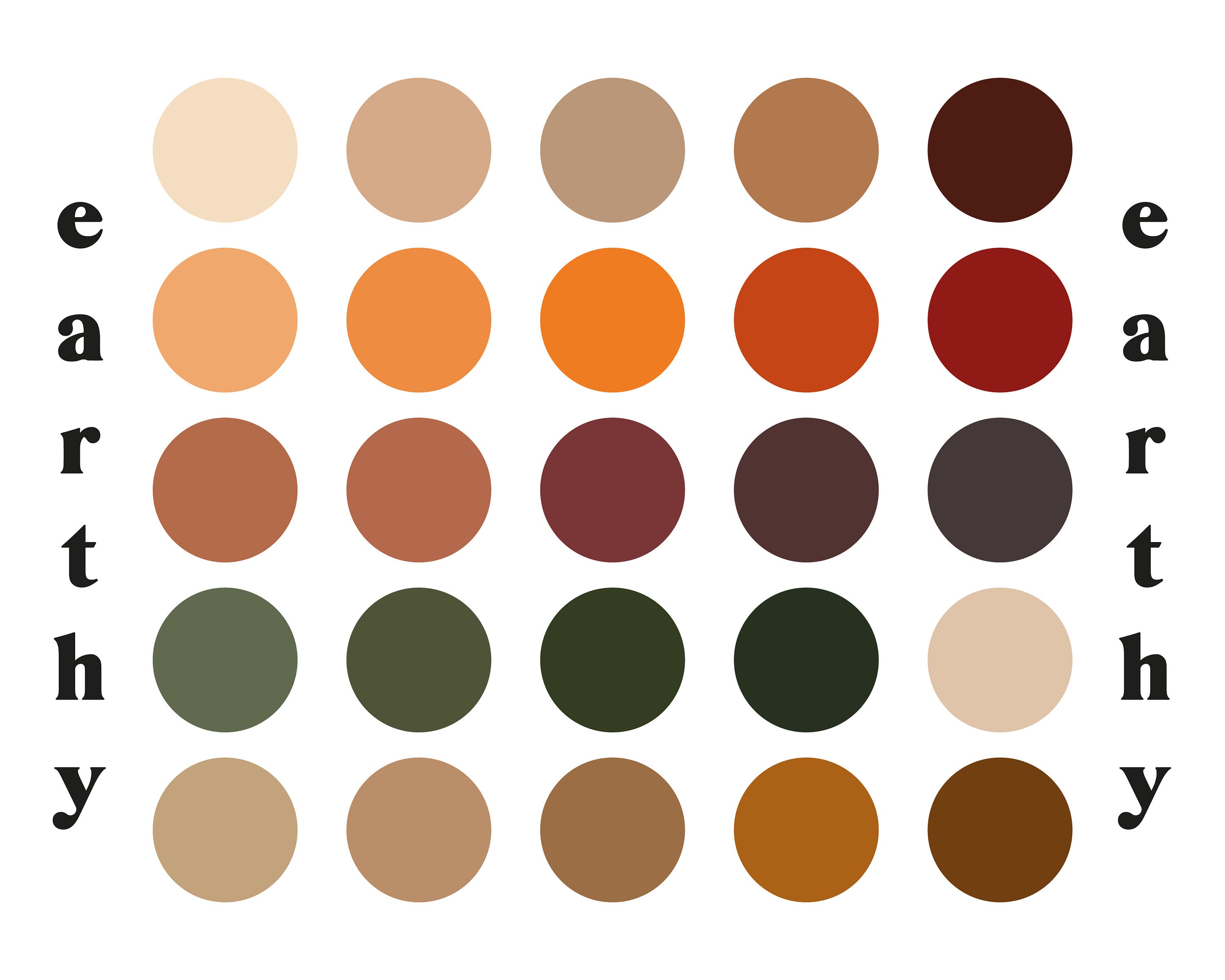









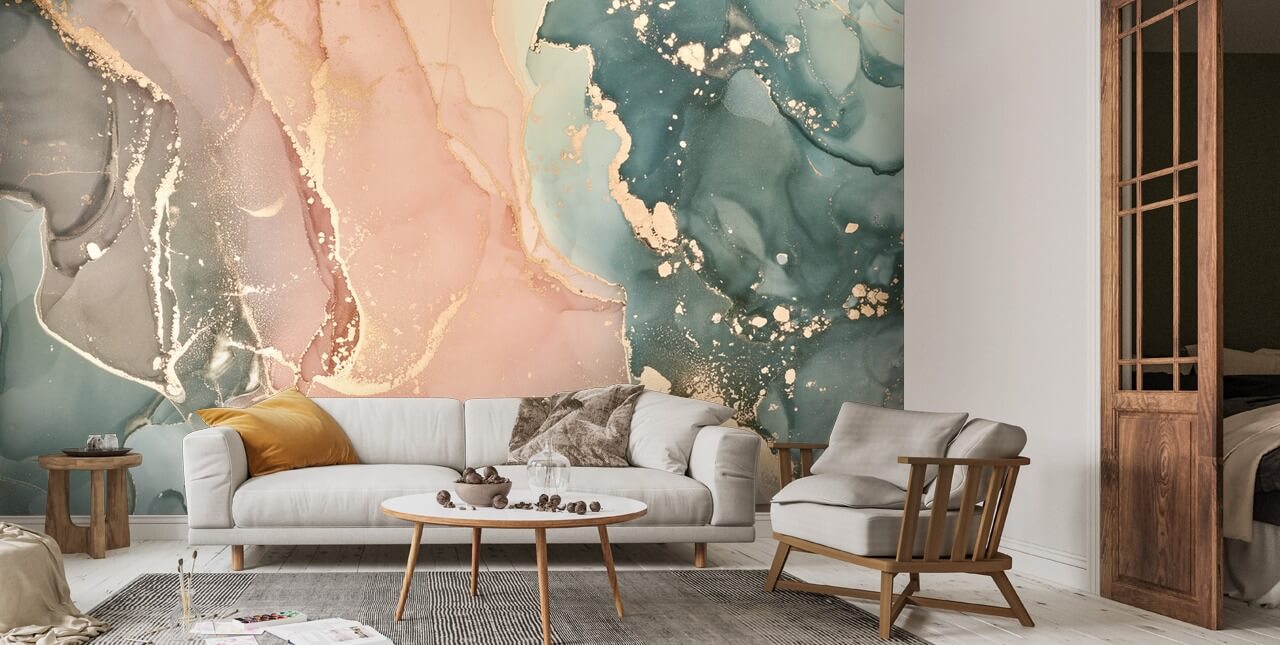

.jpg)













:max_bytes(150000):strip_icc()/Lista_complementarios-56a6e6cb3df78cf77290d98b.png)


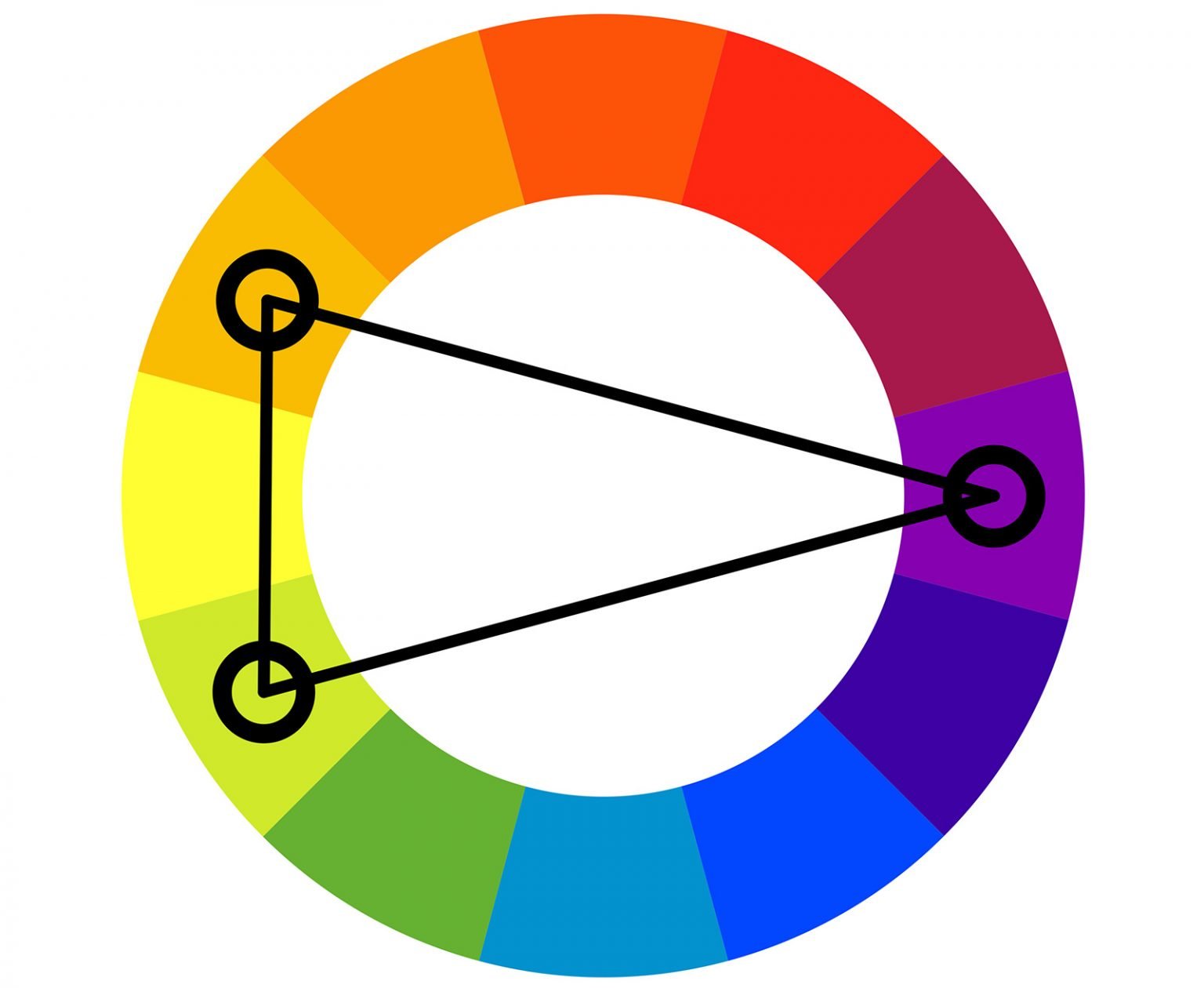
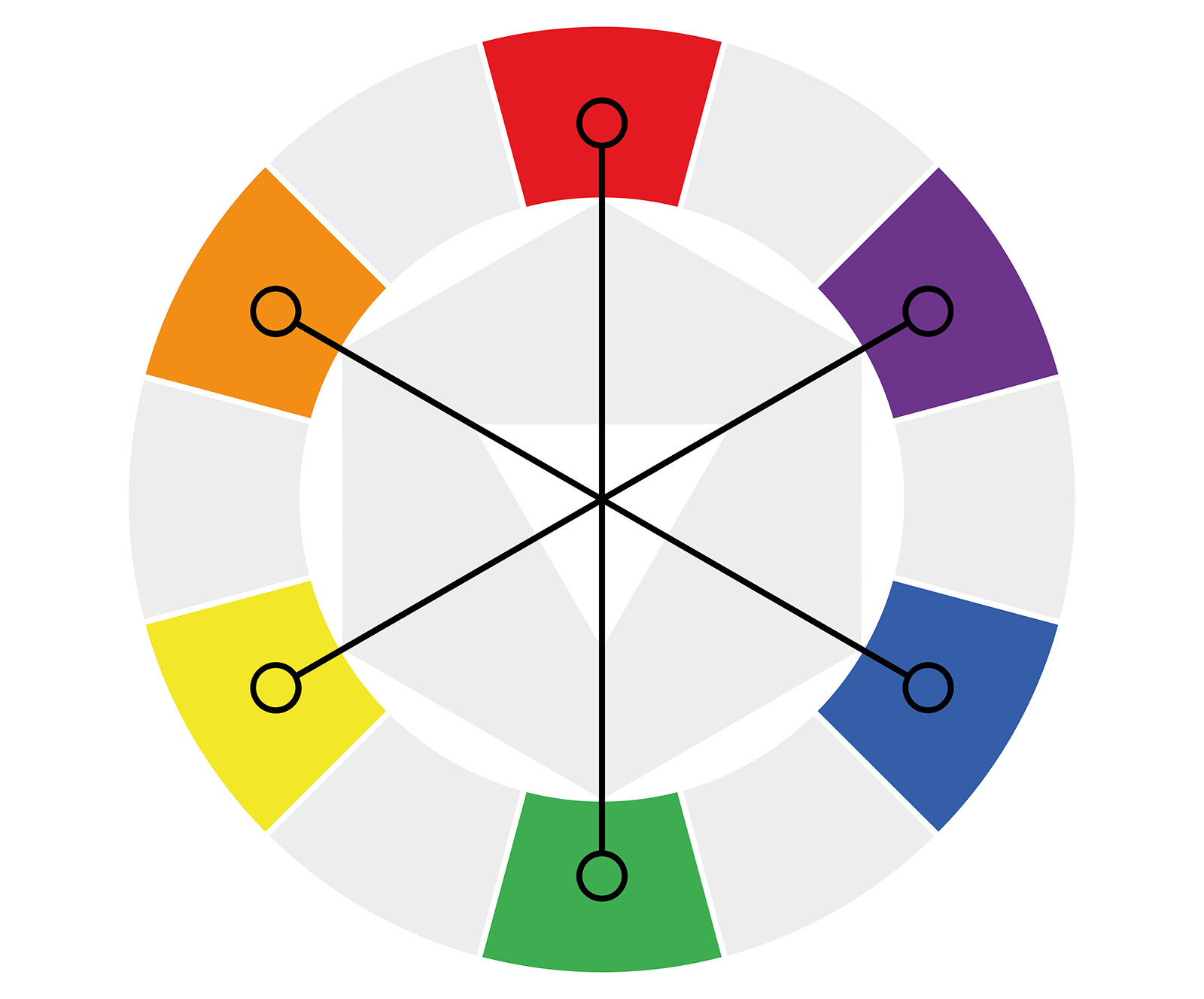
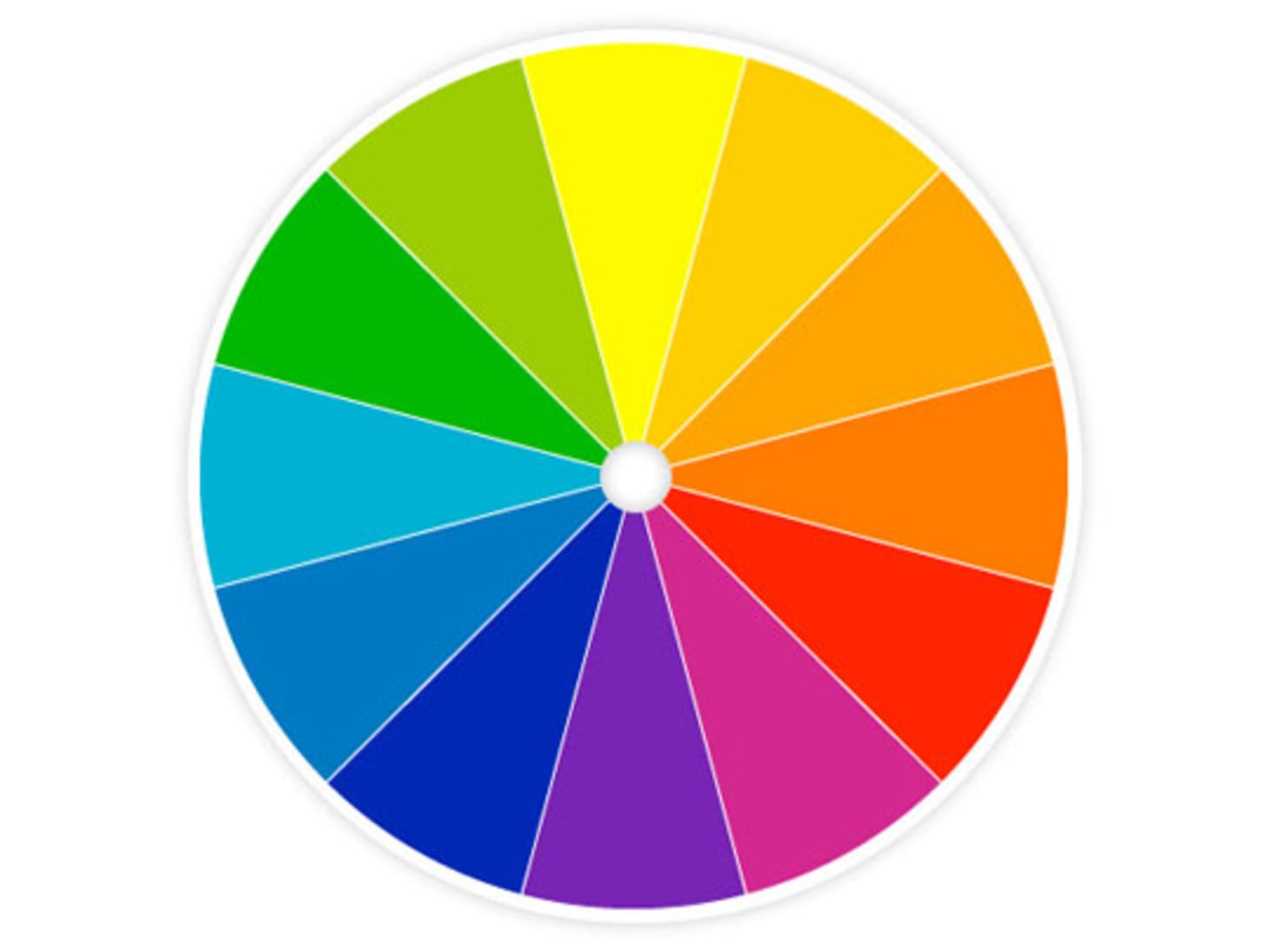

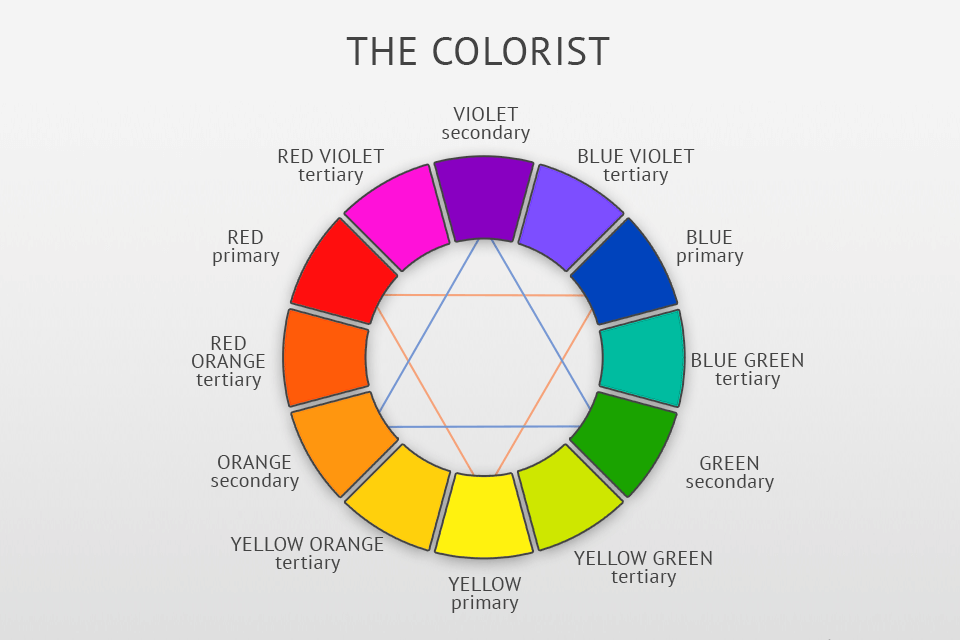
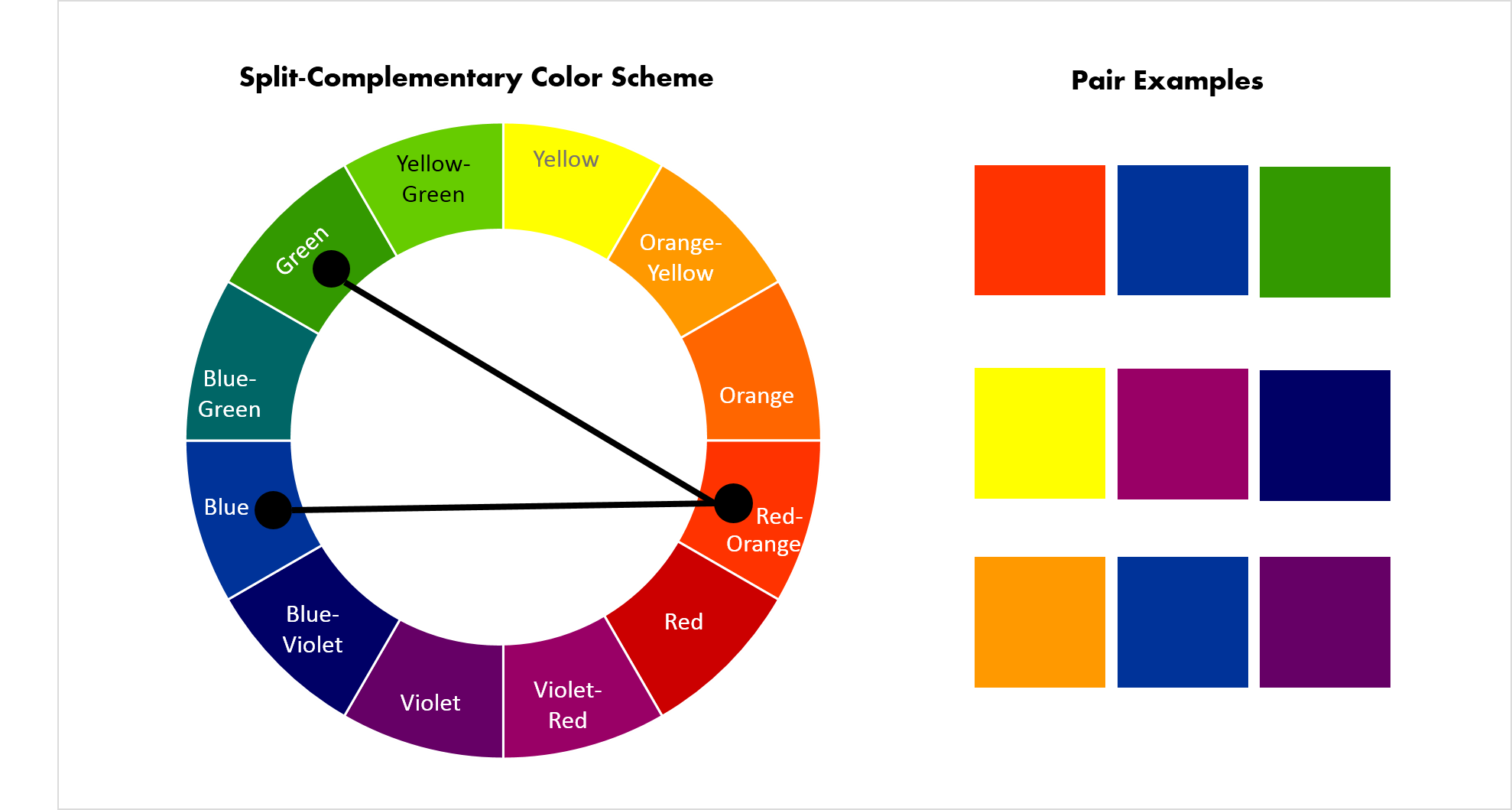
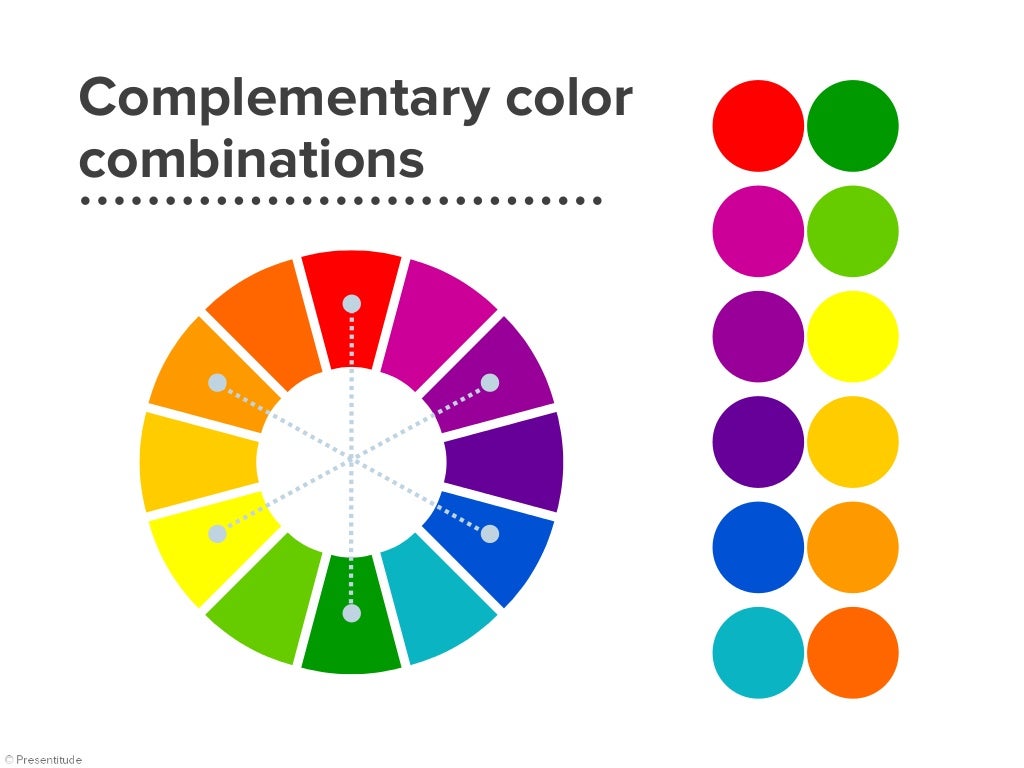
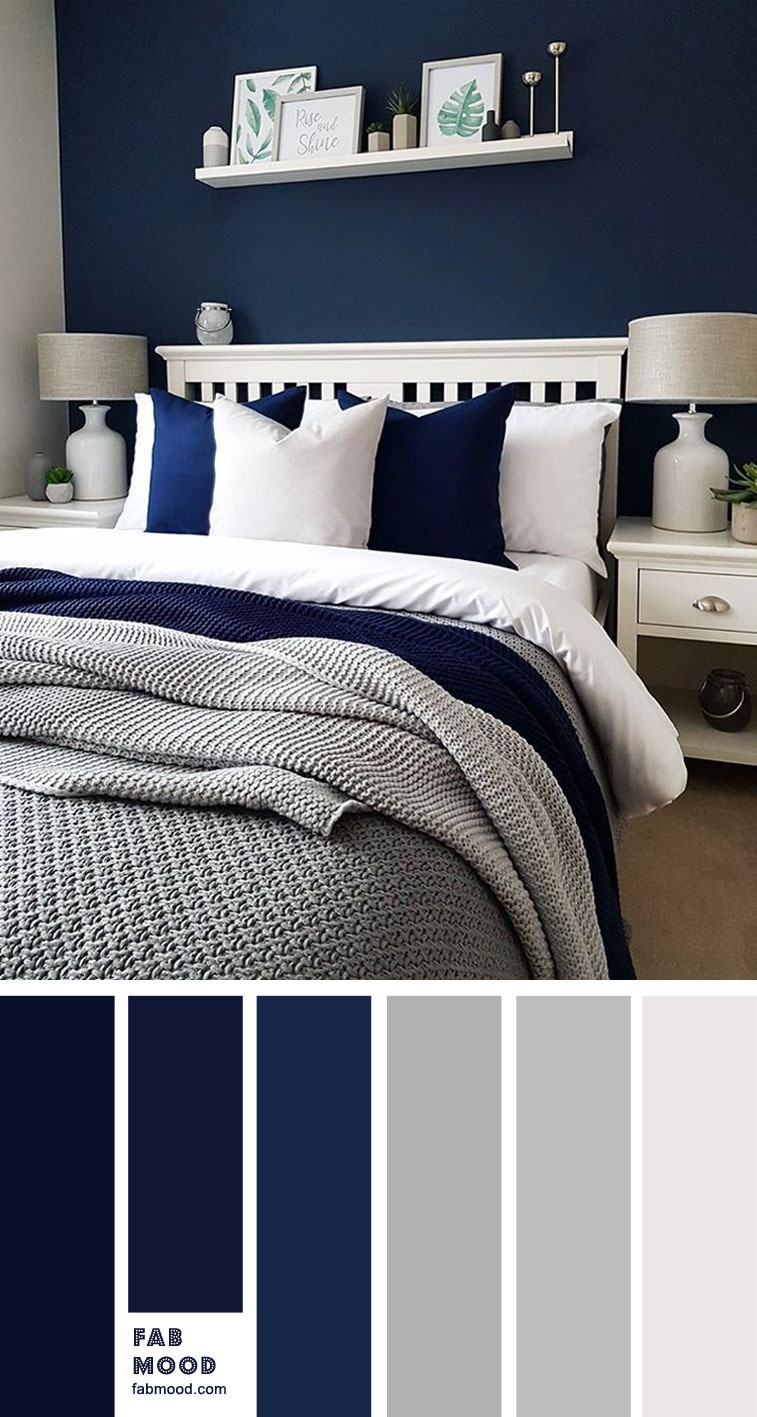






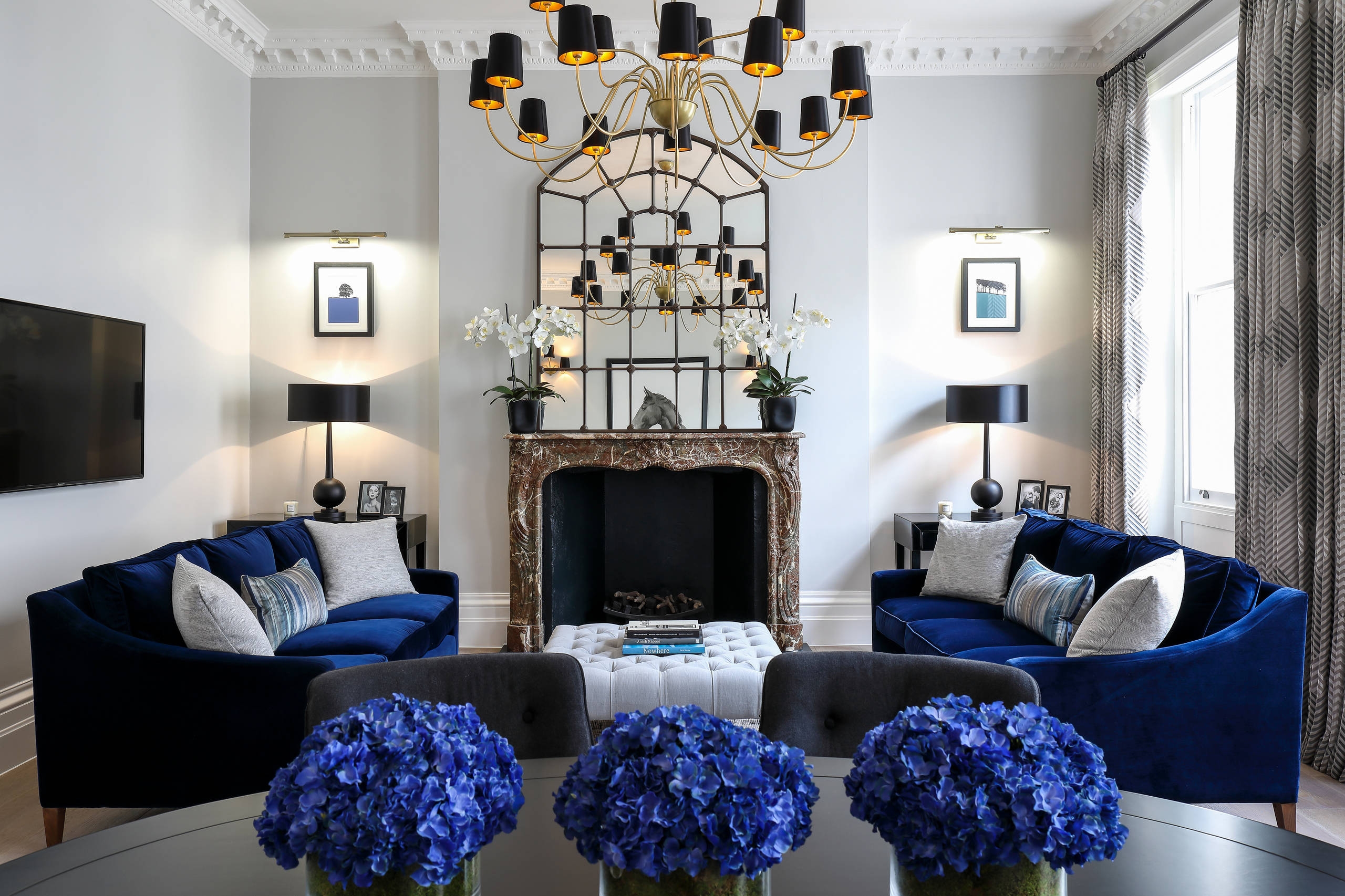


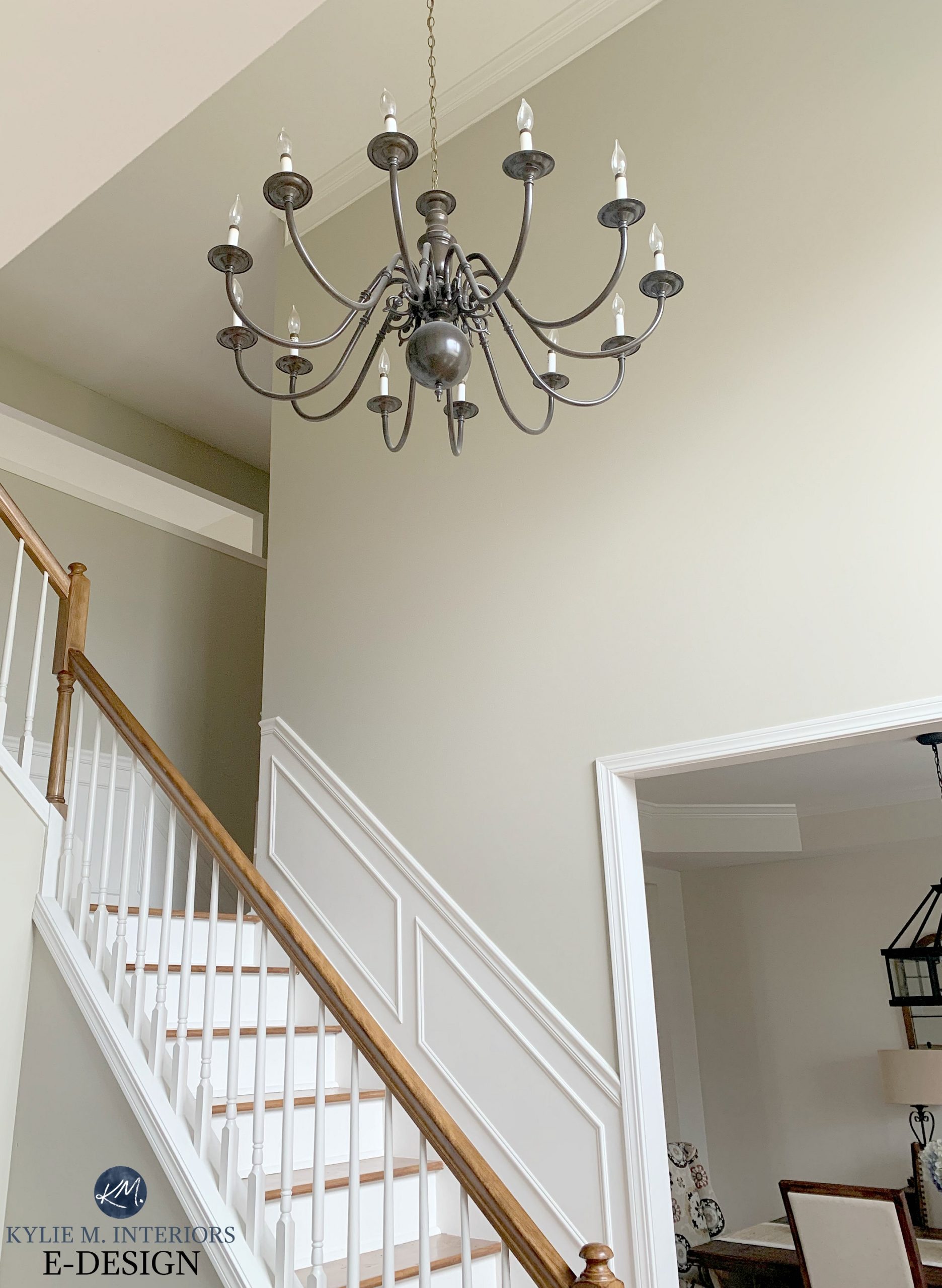

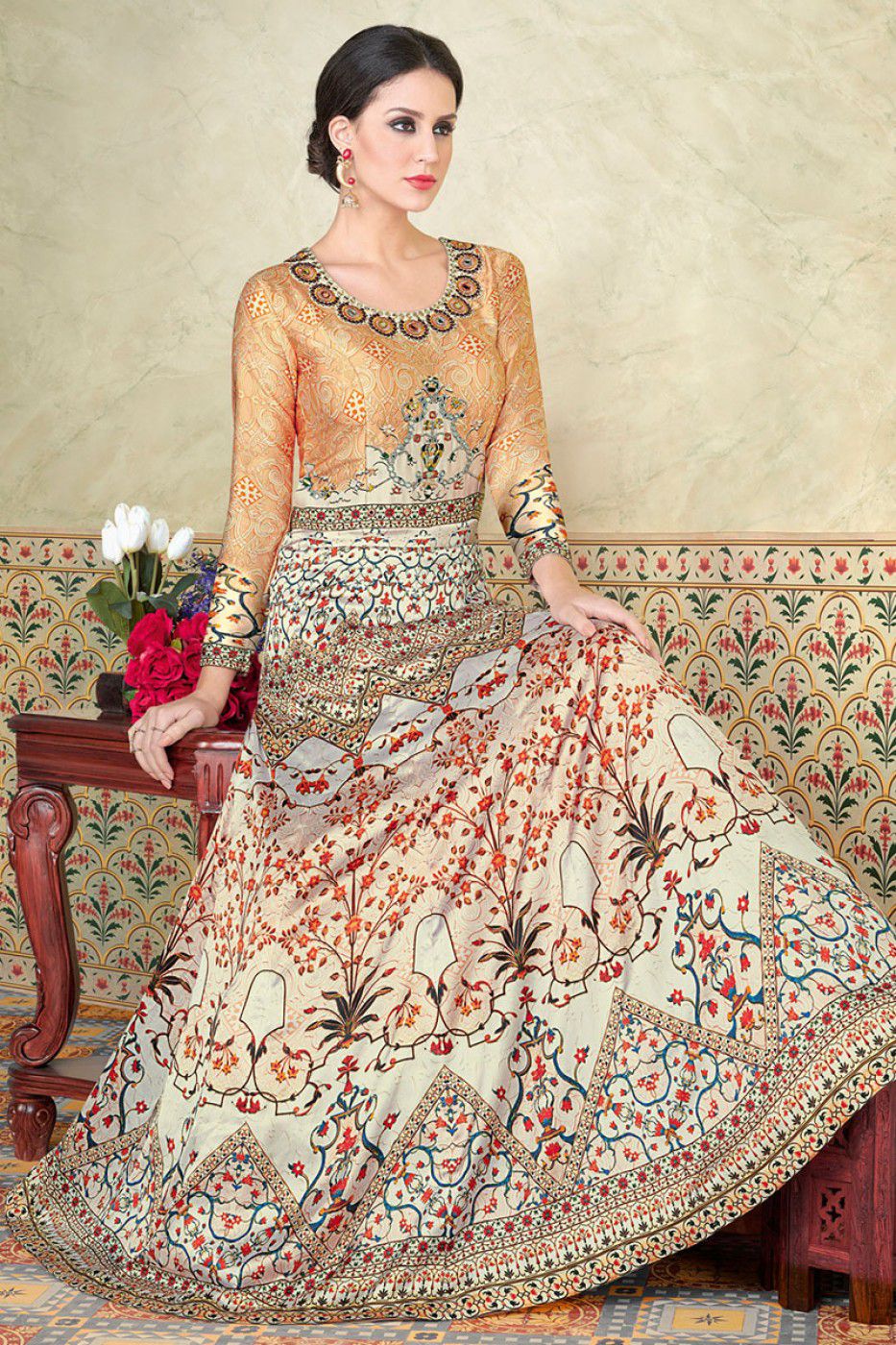




/beige-color-meanings-1073959-c246a295c72341149b5b90c47f3904c1.png)









